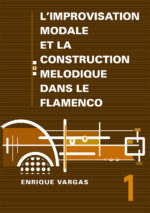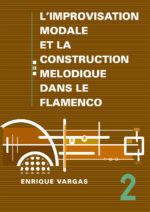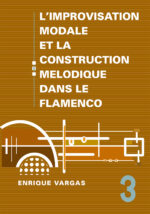Description
Ever since flamenco caught the attention of Western composers and musicologists, its modal and harmonic landscape has caused quite a bit of confusion. Every attempt to explain flamenco’s complex modalities and the harmony they generate has been unconvincing and incomplete. The main reason it has not been coherently analyzed is due to the fact that it has always been attempted from the standpoint of Western music theory, which is primarily based on cadential relationships.
Flamenco, however, is based on a combination of an Eastern modal system, which is known in Arabic as Maqam (there is a variety of different names in other Eastern countries), and Western harmony, which has been applied to the Oriental modalities throughout the course of history in the melting pot of cultures and civilizations that is Andalusia. Without understanding the intricacies of Maqam and the harmony its complex tetrachordal combinations generate, it would be impossible to understand, let alone create a theoretically structured analysis of this musical genre.
This is the main reason these books were written; a complete and well-structured body of flamenco modal theory has been long overdue, and these three volumes are a humble attempt to achieve this objective.
Every scale, arpeggio, and melodic pattern comes with a corresponding guitar fingering, having in mind that the guitar is the primary instrument of flamenco, however, the material can be applied to any instrument. Most importantly, this series has been conceived as a theoretical and practical manual for composers, improvisers, performers, arrangers, and musicologists interested in modal music in general, and/or flamenco modalities in particular.







Reviews
There are no reviews yet.